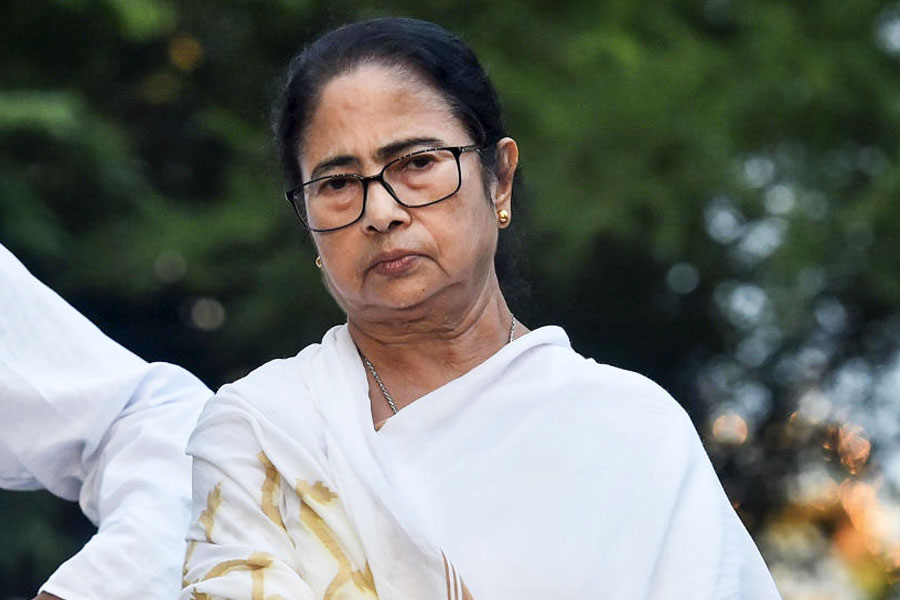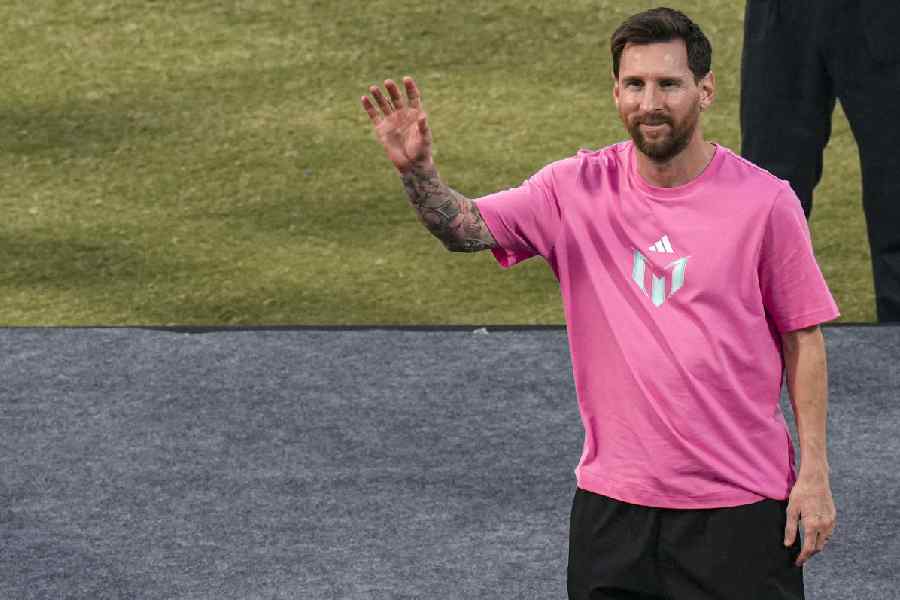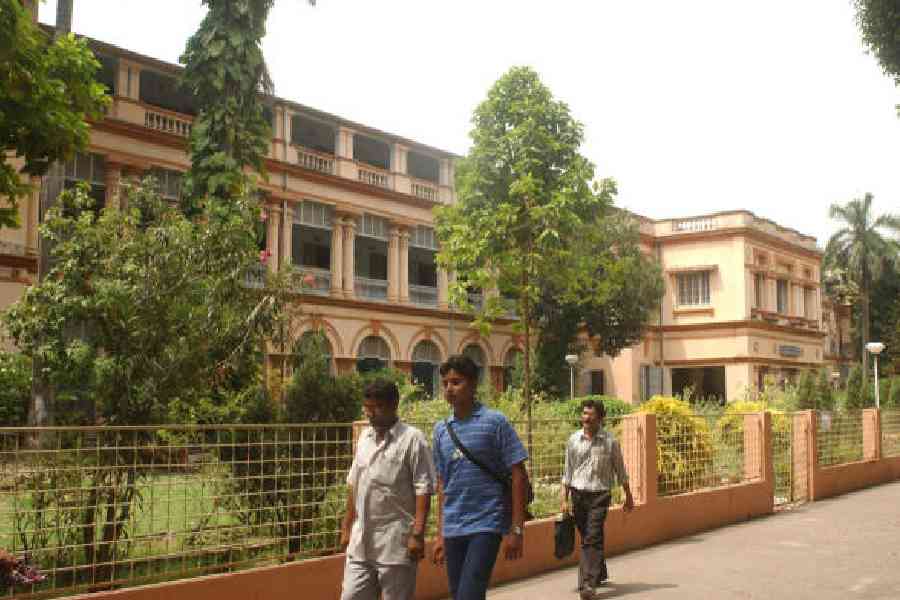 |
 |
 |
| SERIAL SHOW: (Fromtop) Raaz 3; Murder 3; and Dabangg |
Emraan Hashmi has had enough. Not of kissing — the serial smoocher may still want to pucker up — but of film sequels that go on and on.
After the success of Murder (2004) and its sequel in 2011, it was thought that Hashmi would star in Murder3, which was released on Valentine’s Day this year. But Hashmi didn’t figure in the film. Some say it was because he didn’t have spare dates and also wanted some changes in the script which were not acceptable to director Vishesh Bhatt. But another reason could be that the actor was getting tired of sequels.
“Once Part 3 ends, it’s better to experiment with a new franchise than get lazy with an old one,” he said in an interview to this correspondent some months ago. A franchise, he stressed, should not be stretched beyond a trilogy.
Others in Mumbai’s Hindi film industry seem to be thinking on similar lines. As sequels flourish, a feeling is gaining ground that there has to be a stop somewhere. Sangeeth Sivan, who is putting the finishing touches to Yamla Pagla Deewana 2 with the Deol trio — Dharmendra, Sunny and Bobby — agrees with Hashmi that when you have been living with the same characters for long, you tend to reach saturation point by Part 3. “You should take a film forward only when you have something new to offer in terms of plot and technique. It should not only match up to its predecessor in content and production values, but should be better,” he asserts, having relinquished the Kyaa Kool Hai Hum sequel to Sachin Yardi because he could not crack a good enough script to make the Kool series hotter.
Sequels often translate into megabucks — which could account for their popularity. Indeed, Bollywood has been following a set formula for a while now. A film that hits the jackpot is soon turned into a Part 2 and a Part 3. The names of the films are often the same (Murder, Dhoom, Race, Jism and so on), and sometimes different — Koi… Mil Gaya (2003), Krrish (2006) and Krrish 3 (2013) or Munna Bhai M.B.B.S. (2003), Lage Raho Munna Bhai (2006) and Munna Bhai 3. The same characters usually continue in the sequel, with either a new tale (as in the Munna Bhai series) or a narrative that is carried forward.
A successful film these days is expected to soon spawn a sequel. The trend is so overwhelming that filmmaker Shoojit Sircar is forever being asked when he’s coming up with a sequel to his immensely popular Vicky Donor (2012). Whenever inspiration strikes, he retorts.
“I’m not too enamoured of the concept of sequels,” Sircar admits. “In most cases, the novelty of the original is lost in a spin-off, unless you can come up with a story that sustains the audience’s interest.”
Not everybody, of course, believes that a sense of déjà vu may be creeping into the seemingly unending sequels. Filmmaker Mukesh Bhatt, for one, insists that only those who have run out of story ideas or whose follow-ups have flopped would argue that sequels shouldn’t run beyond Part 3.
“The Bond franchise has been bonding with fans for half a century now. Spider-Man, Superman and Batman too have been going on and on. We can make over 100 films in the Murder and Raaz series as the horror-crime genre lends itself to interesting story-telling,” argues the producer and co-owner of Vishesh Films.
But even with Hollywood, the focus is on business. Had the new Bond film Skyfall not lived up to audience expectations (it raked in $1 billion worldwide), like the 22 before it, there could be a question mark over the next Bond film, contends Rafiq Gangjee, vice-president, marketing and communication, YRF Studios.
Producer Kumar Taurani agrees. “Had Race 2 (2013) not worked, the franchise would have automatically stopped. But since it has, Race 3 will happen,” says the chairman and managing director, Tips Industries (Film & Music).
But to ensure that audiences don’t tire of the same set of characters, some measures have to be taken. “Even if it’s a well-established franchise such as Bond, Superman and Batman in Hollywood or Krrish, Golmaal and Raaz in Bollywood, it is important to space out the releases to ensure that the nostalgia value in the branding remains intact. If you churn sequels out in quick succession, people could tire of the franchise,” trade analyst Amod Mehra warns.
The first Raaz, for instance, was released in 2002. Its director Vikram Bhatt points out that Raaz 2 came six years later, and Raaz 3 in 2012. Bhatt adds that only five films in the Die Hard series have been produced since the Hollywood film’s debut in 1988. “If they were to roll out a Die Hard every year, the novelty for the viewer would die out soon,” Bhatt says.
But why then is Bhatt all set to flag off 1920 Part 3 a year after Part 2 and just five years after the first of the series? The producer-director admits that he has been swayed by the economics of the business.
The film’s second sequel, he points out, opened at a time when it was not expected to do well. It came before the festive season of Diwali, and only 10 days before the release of biggies such as Shah Rukh Khan’s Jab Tak Hai Jaan and Ajay Devgn’s Son of Sardaar. “We didn’t think we had a chance in hell, but the film went on to do better than we expected,” he says. “In this business you get few opportunities and those you get — you grab,” adds the filmmaker.
But many in Bollywood today believe that the time has come to draw a line. “Business takes over the creative aspect because money is a lure difficult for most to resist. But I believe that you should take the story forward only if you have something worthwhile to say,” says Milan Luthria, who is doing a sequel to Once Upon A Time In Mumbaai sequel.
Ramesh Sippy, the maker of Seeta Aur Geeta (1972), Sholay (1975) and Shakti (1982), has resolutely refused to follow the trend, stressing that he would only work on a sequel if it was really worth his while. “And so far none of the films I have made is worth taking forward,” he says.
 |










